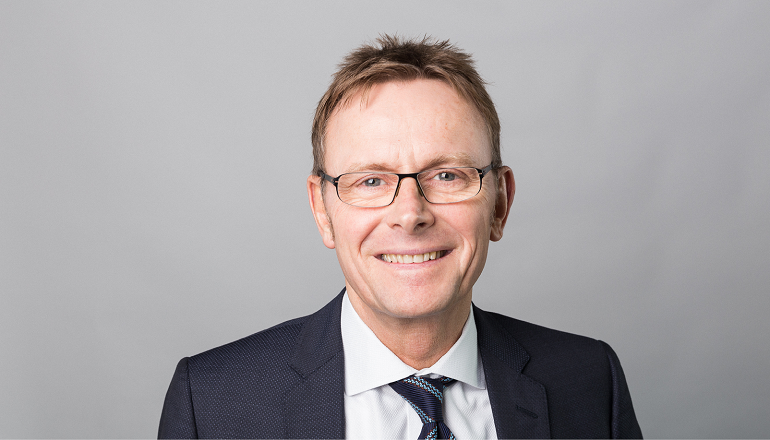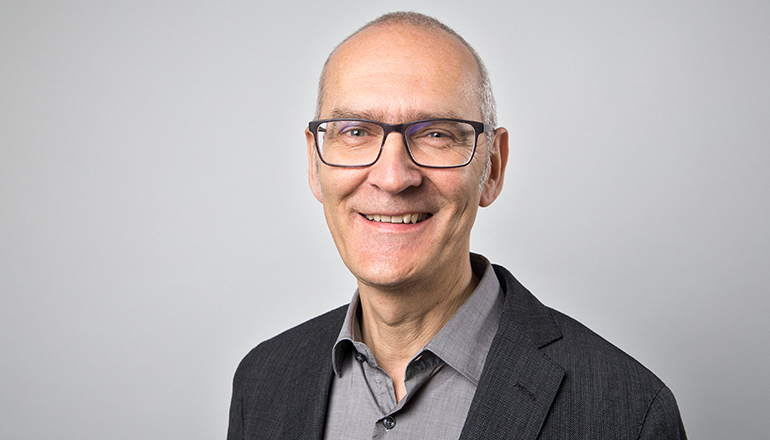Managing Director and Head of R&D talk about experiences, highlights and visions for the future
Interview on the 10th anniversary of EnEffCo®
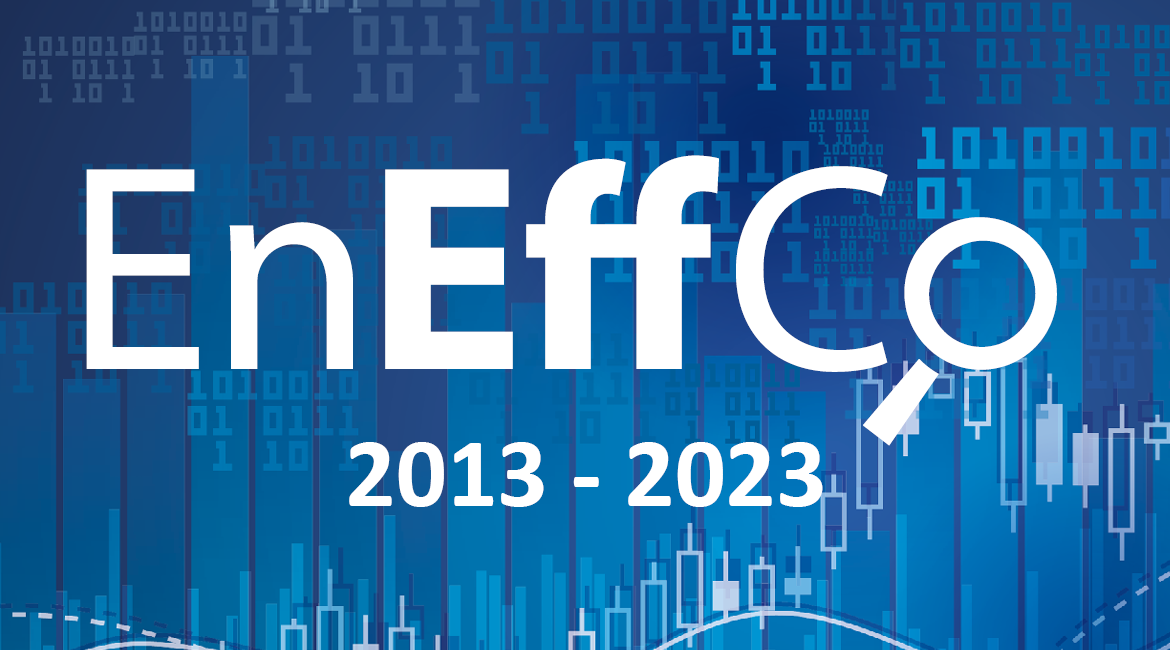
EnEffCo®, our software solution for energy efficiency controlling, celebrates its 10th anniversary this year. Beginning as a research and development project, EnEffCo® is now one of the best software solutions available on the market, and is now in use both throughout Germany and internationally. We asked the management of ÖKOTEC, Roland Berger, Olaf Kipp and Dr. Christoph Zschocke, as well as the head of research and development and partner, Knut Grabowski, about their experiences, highlights and visions for the future.
For 20 years, ÖKOTEC has been developing solutions for energy efficiency and climate protection via research and development projects in cooperation with various ministries and industry partners. What was your motivation in developing EnEffCo®, and what is special about it?
Dr. Christoph Zschocke: Back in 2006, we were commissioned by the German Association of the Plastics Converters (Gesamtverbands der kunststoffverarbeitenden Industrie – GKV) to develop a system for energy key performance indicators which would visualize the energy efficiency of production equipment, such as extruders or injection molding technology. Subsequently, we tested different software solutions on the market with regard to the implementation possibilities of key figures and efficiency monitoring of equipment and processes. But no available software included an efficiency logic that met our requirements. Since we had already implemented many projects with companies, and recognized the need on the market, we decided to develop our own software together with industrial companies. It was essential for us to develop our solution in direct collaboration with the target users.
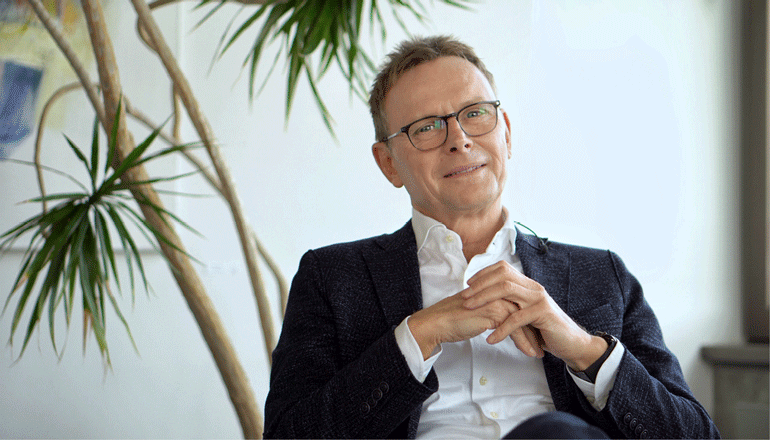
Knut Grabowski: The experience and wishes of our customers and our team, as well as the results of our numerous research and development projects, have been incorporated directly and precisely into the software development and continue to be the drivers for further developments. This leads to a high level of user-friendliness and efficiency in application.
Who was EnEffCo® developed for, and how do users benefit from it?
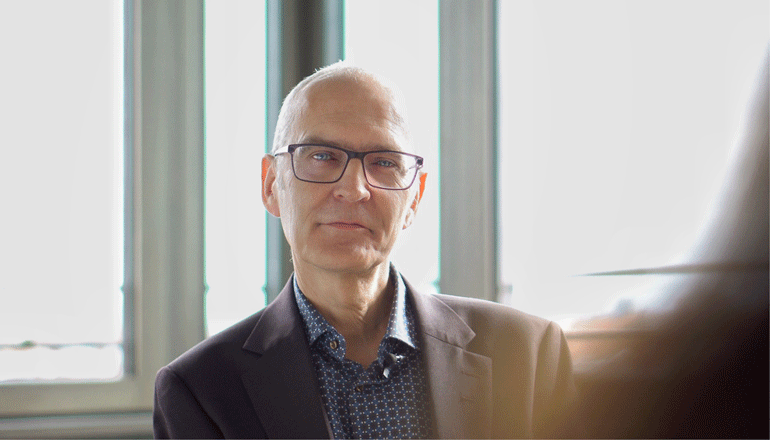
Roland Berger: EnEffCo® is suitable for companies in every industry. As a rule, teams from energy and facility management use the software most intensively: for the monitoring of equipment and facilities, energy evaluation at the site, or peak load management. Reports and evaluations find a very wide application among different target groups. Nowadays, people from other departments, such as procurement and sustainability, also appreciate the information and application possibilities. This makes us unique for industrial companies.
EnEffCo® is the basis for being able to implement a holistic energy and climate protection management in the company. On the one hand, EnEffCo® provides transparency in order to identify what the relevant energy users and high-emission activities are. On the other hand, EnEffCo® can be used to analyze and quantify savings, and show whether technical measures have actually delivered the desired results.
Olaf Kipp: Another advantage is that ÖKOTEC is independent when it comes to the choice of hardware. EnEffCo® serves as an overarching software and very precisely meets the needs of companies that are confronted with heterogeneous system landscapes. The software is modular and can be expanded as needed, ranging for example from the integration of renewable energies, to decarbonization plans and flexibility management.
What is the TOP feature among your customers, and what trends are you observing?
Roland Berger: There is no such thing as the “top feature,” because the application possibilities with EnEffCo® are very broad, and the customers’ requirements are usually quite specific. However, since many of our domestic customers are certified according to DIN EN ISO 50001, the application of dynamic equipment monitoring is now well established, and it repeatedly garners very good feedback in clients’ audits.
The trends differ at the international level. In some countries with energy shortages, energy – and thus production – is shut down if companies cannot prove that plants and processes are efficient. In other countries, companies face significant pressure in terms of both costs and competition. Accordingly, the basis of collaboration with our customers is always a concrete roadmap for efficiency improvement and decarbonization, as well as energy cost savings and effective implementation of savings measures.
Internationally, the use of data in the cloud and digital services is more widespread than in Germany. This is also where our “Hubgrade” offering comes in, with which we provide data monitoring as a service. In addition to their core tasks, many energy and facility managers lack the time to continuously manage the energy efficiency of facilities. We support our customers with fast response times, maintaining efficiency and optimizing the performance of facilities – also with guaranteed savings.
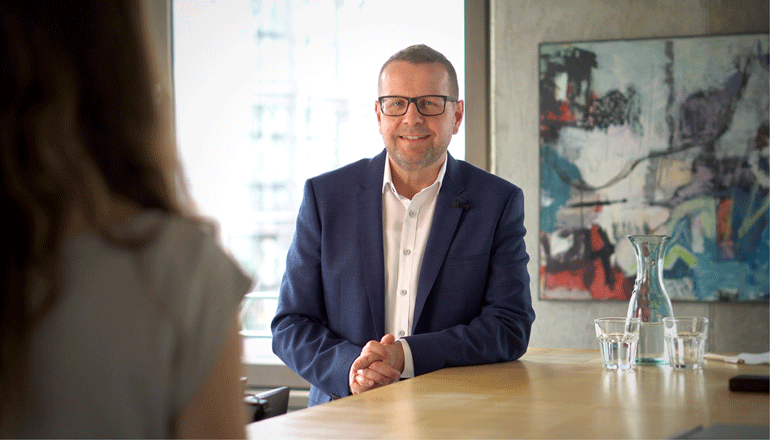
Roland Berger: At the European level, we are also seeing more and more companies setting up cross-site data management. The main drivers are customer requirements and new laws and regulations. The upcoming Corporate Sustainability Reporting Directive (CSRD) requires even more transparency from companies, such as submitting confirmation on reduction and avoidance of GHG emissions. To this end, it is important to have a solid and reliable database, in order to be able to respond to specific inquiries and demands, both internal and external, in a timely fashion.
Energy transition, climate transition, resource transition: Many companies are facing major changes. What steps do you recommend?
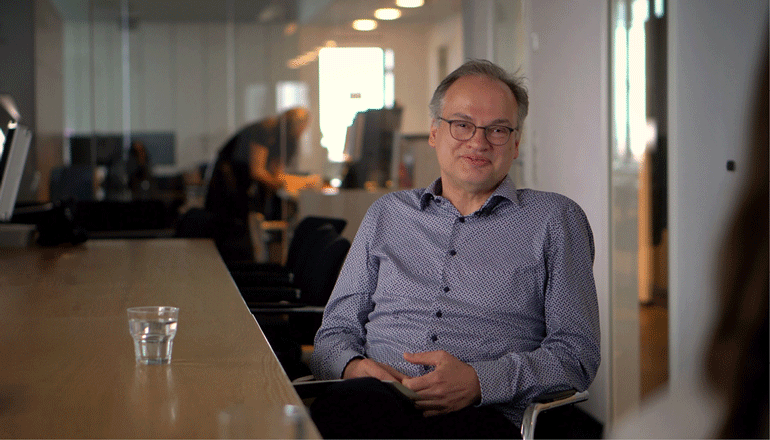
Knut Grabowski: First and foremost, there needs to be a consistent controlling system to maintain the successes achieved to date in the area of energy efficiency. This is followed by the implementation of a management system to utilize a site’s energy flexibilities in procurement, both in order to reduce costs and optimize use of renewable energy sources. In order to drive decarbonization, a systematic identification of the savings potential in main energy-using systems, and the establishment of a transformation concept is necessary, so that the most economical roadmap can be ascertained and implemented. In parallel with these measures at the company site (scopes 1 and 2), scope 3 emissions must also be brought to net zero. This requires monitoring input products, a sophisticated purchasing strategy, and coordinated product planning. These measures are essential to create a sustainable future for the company. EnEffCo® is designed to simplify and systematize precisely these processes through digitization.
What will the energy systems of industrial companies look like in the future? And what role does EnEffCo® play in this?
Dr. Christoph Zschocke: EnEffCo® already provides energy management with a future-proof digital platform that can be used to perform the tasks set – from increasing energy efficiency and integrating renewable power to optimizing the operation of power generation facilities in coordination with forecasts of short-term power markets. The efficiency and control of relevant systems will be fully automated in the near future.
Knut Grabowski: I assume that energy management will be utilizing consumption and price forecasts to plan energy use, and that EnEffCo® will control the site’s flexibilities accordingly. In addition, EnEffCo® will fully automatically generate evidence records and reports for required internal and external audits, certifications, as well as for fulfilling reporting requirements. And EnEffCo®’s artificial intelligence will tell the energy team every day how important their work is to low-resource operations.
The interview was conducted by Mareike Rösler and Mareike Hoffmann.


